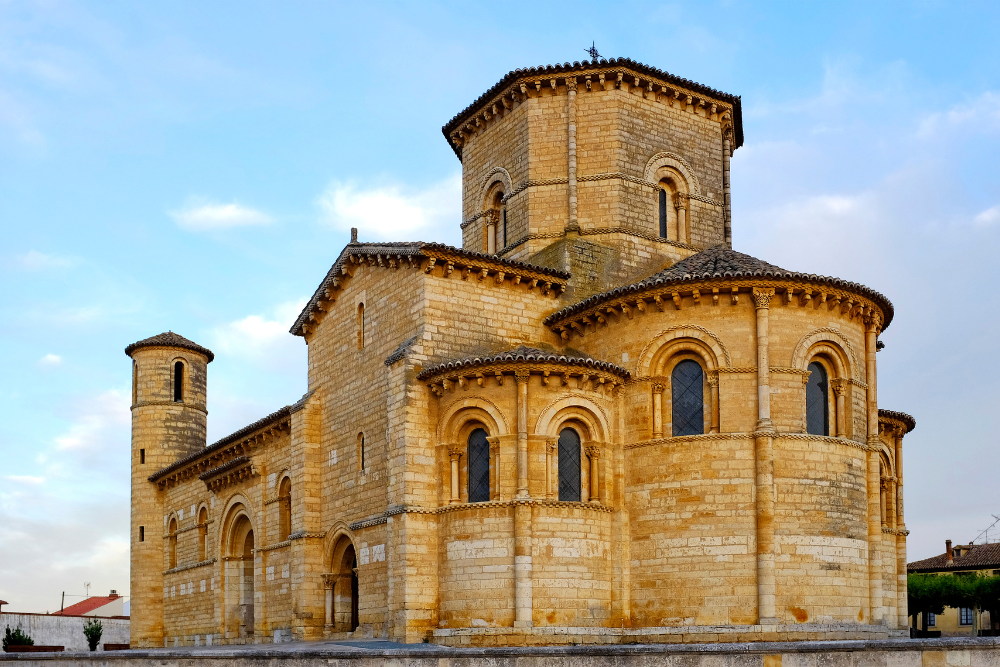Zaragoza, the capital of the Aragon region in northeastern Spain, is a city where history and modernity intertwine. As one of Spain’s oldest cities, it offers a rich tapestry of architectural styles, from ancient Roman monuments to striking modern structures. A tour of Zaragoza’s architecture takes visitors on a journey through time, showcasing the evolution of the city’s design, cultural influences, and artistic heritage. Here’s an exploration of Zaragoza’s most significant architectural landmarks.
1. Basilica del Pilar: Baroque Grandeur
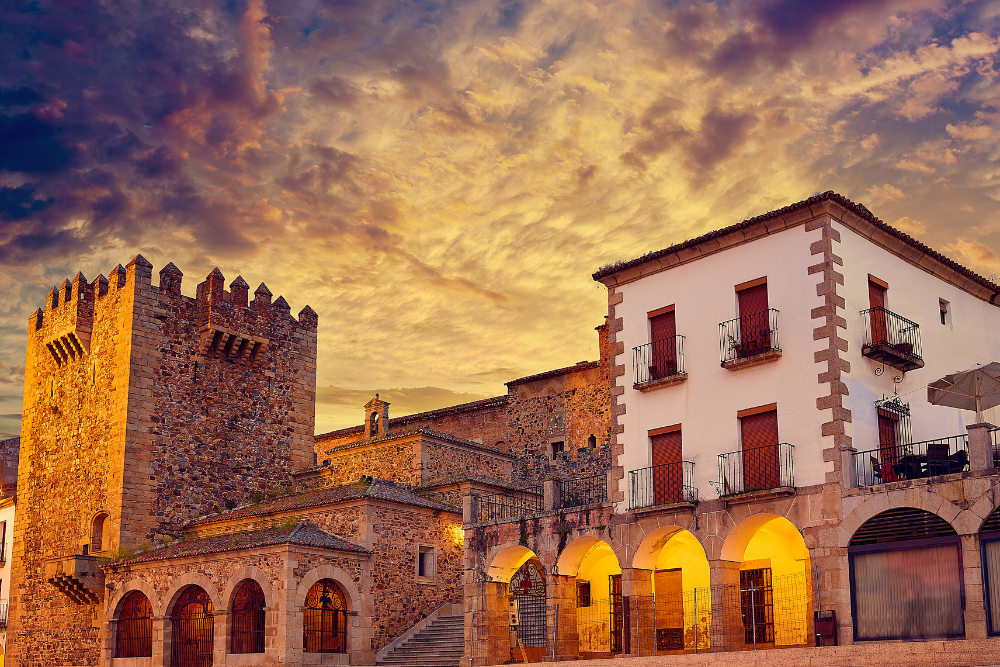
Arguably the most iconic monument in Zaragoza, the Basilica del Pilar is a magnificent example of Baroque architecture. Situated along the banks of the Ebro River, this towering church is dedicated to the Virgin Mary, who is said to have appeared to Saint James on a pillar here in the first century. The basilica’s grand façade, adorned with intricate carvings and sculptures, creates a dramatic first impression.
Inside, visitors are treated to an array of Baroque art, including frescoes by the famous Spanish artist Francisco de Goya. The basilica’s massive dome, with its blue and white tiles, adds a distinct flair to Zaragoza’s skyline. The church is also home to several chapels, each showcasing different architectural details. Visitors can ascend the basilica’s towers for panoramic views of the city and the river, making it one of Zaragoza’s must-see landmarks.
2. La Seo Cathedral: A Fusion of Styles
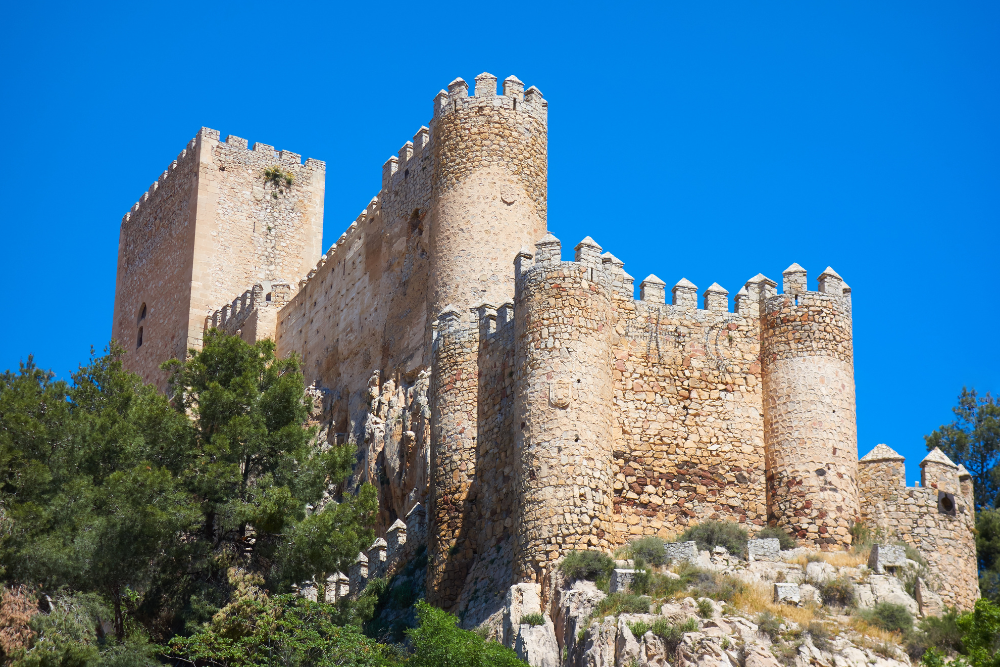
Located in the heart of Zaragoza’s old town, La Seo Cathedral is an architectural marvel that combines several styles, from Romanesque to Gothic, Mudejar, and Baroque. Its complex and eclectic design reflects the diverse cultures that have influenced the city throughout history, particularly during the Islamic and Christian periods.
The cathedral’s Mudejar-style tower, a UNESCO World Heritage Site, stands out with its brickwork and geometric patterns, while the interior of the cathedral boasts beautiful stained glass windows, intricate carvings, and stunning frescoes. The Main Chapel is a prime example of Gothic architecture, with soaring arches and delicate stonework. La Seo is an architectural treasure trove, offering visitors a glimpse into the rich history and cultural fusion of Zaragoza.
3. The Aljafería Palace: Moorish Majesty
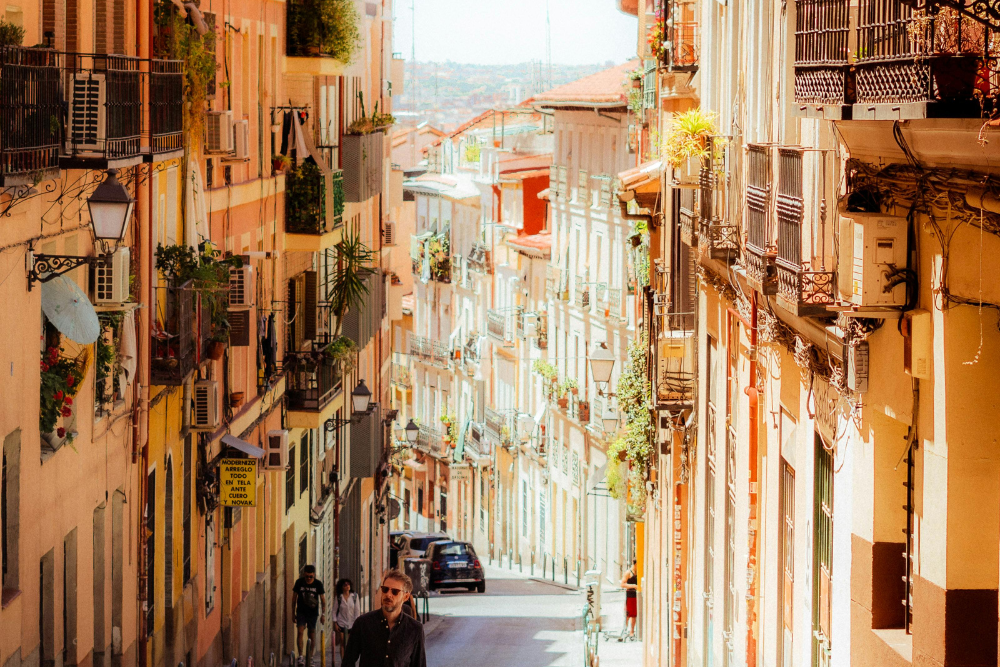
A standout example of Islamic architecture in Zaragoza is the Aljafería Palace, a stunning fortress-palace that dates back to the 11th century. Built by the Banu Hud dynasty during the period of Muslim rule, the palace was originally a residence for the Muslim rulers of the region. Its design is a remarkable blend of Islamic, Mudejar, and Christian architectural elements.
The Aljafería’s most impressive feature is the Pavilion of the Hall of Ambassadors, with its ornate arches, intricate stucco work, and beautiful gardens. The palace also features a series of courtyards and gardens, providing a peaceful atmosphere in the midst of the city. In the 15th century, the palace was converted into a royal residence by the Catholic Monarchs, and today it serves as the seat of the Aragonese Parliament.
4. The Ebro River Bridges: Engineering Masterpieces
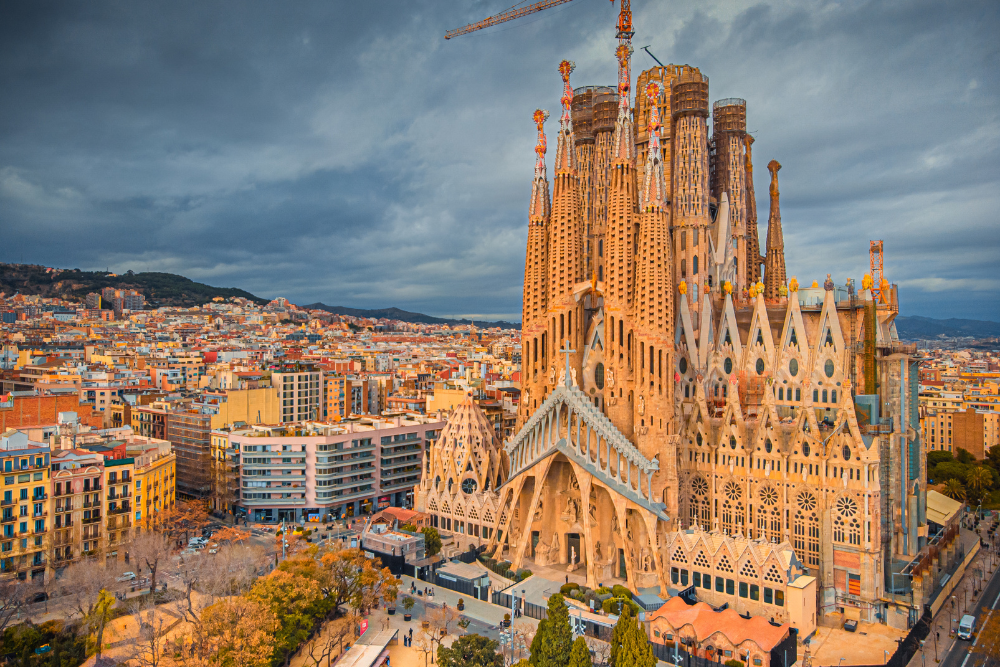
Zaragoza’s bridges across the Ebro River are essential not only for transportation but also as impressive works of architecture. The Pilar Bridge, one of the oldest, connects the city’s historical center with the northern part of Zaragoza. This stone bridge, which dates back to the 15th century, is notable for its arches and has become a symbol of the city.
In contrast, the Alfonso I Bridge, built in the 20th century, reflects a more modern approach to bridge design, with sleek lines and a minimalist aesthetic. The Zaragoza Bridge Pavilion, designed by architect Zaha Hadid for the Expo 2008, is another modern gem, featuring futuristic curves and innovative design that has become a key feature of the city’s skyline.
5. Palacio de la Aljafería: Renaissance Revival

A true testament to Zaragoza’s evolving architectural styles, the Palacio de la Aljafería is a Renaissance-inspired structure that showcases the fusion of classical and Renaissance elements. Built during the reign of King Ferdinand II of Aragon, the palace boasts exquisite courtyards, frescoed ceilings, and stunning marble pillars that evoke the opulence of the Renaissance period.
The palace’s grand Hall of Mirrors, complete with intricate stuccoes, reflects the influence of Renaissance Italy. The structure has served various purposes throughout history, including as a royal residence and a military barracks. Today, the palace is open to visitors and provides insight into the Renaissance transformation of Zaragoza’s architectural heritage.
Conclusion: A City of Architectural Contrast
Zaragoza’s architecture offers a captivating journey through history, from its Roman roots to its stunning Islamic, Gothic, Baroque, and modernist buildings. Each corner of the city reveals a new architectural treasure, showcasing the different cultural influences that have shaped its development. Whether wandering through the majestic halls of the Basilica del Pilar, admiring the intricate design of La Seo, or taking in the modern flair of CaixaForum, Zaragoza is a city where past and present blend seamlessly to create an unforgettable architectural experience.



